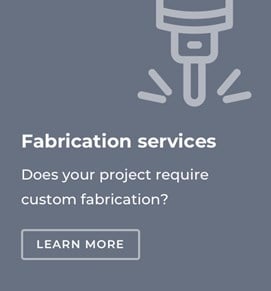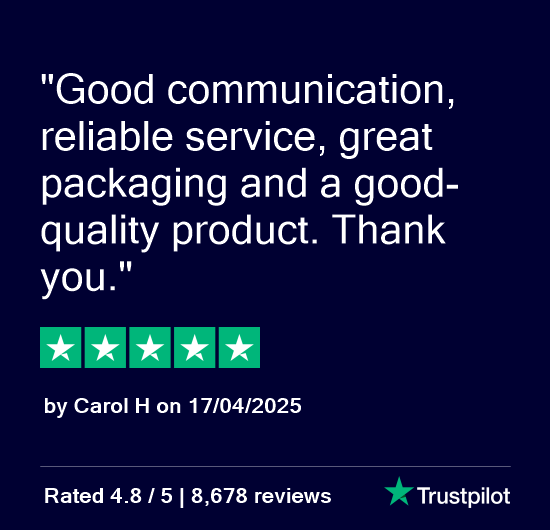Acrylic Mirror Sheet
Acrylic (also known as Perspex®) mirror sheet benefits from having ten times the impact strength of glass mirror while remaining lightweight and easy to handle. Acrylic mirror is versatile, economical and available to order cut to size.
Showing {0} products
Loading products

 {{product.colours}} Colours
{{product.colours}} Colours


